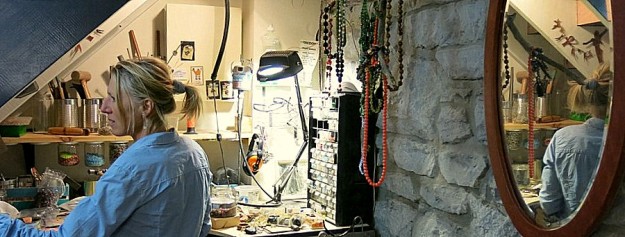What follows is the first Slow Ottawa guest post, from Neil Arason, who wrote the book on traffic safety in Canada. The book is No Accident: Eliminating Injury and Death on Canadian Roads (Wilfred Laurier UP, 2014)—a study that was a key inspiration for my own new campaign for the elimination of traffic deaths and serious fatalities in Canada. The impetus for the post below is River Ward councillor Riley Brockington‘s Feb 29 announcement that he had given “notice of motion proposing the city ask the provincial government for permission to use photo radar.” (Yes, I’m afraid we still have to do that in Ontario.) There has been a swift and effective reaction from local safety advocates, including the Safe Streets Ottawa petition and a global perspective from the remarkable Hans Moor. But I thought this also merited a response from Canada’s leading traffic safety expert, so I asked Neil and I owe him a huge debt for the reflections that follow, received in the day that the motion goes to council. My only addition to his expert remarks would be that even if the majority of Canadians didn’t support the use of speed cameras it would still be the ethical choice for governments, since it is rooted in safety science rather than in motorist intuition and myth.
The impetus for the post below is River Ward councillor Riley Brockington‘s Feb 29 announcement that he had given “notice of motion proposing the city ask the provincial government for permission to use photo radar.” (Yes, I’m afraid we still have to do that in Ontario.) There has been a swift and effective reaction from local safety advocates, including the Safe Streets Ottawa petition and a global perspective from the remarkable Hans Moor. But I thought this also merited a response from Canada’s leading traffic safety expert, so I asked Neil and I owe him a huge debt for the reflections that follow, received in the day that the motion goes to council. My only addition to his expert remarks would be that even if the majority of Canadians didn’t support the use of speed cameras it would still be the ethical choice for governments, since it is rooted in safety science rather than in motorist intuition and myth.

The Case for Automated Speed Enforcement in Ottawa
by Neil Arason
Overall, speed is the number-one road safety problem and is an aggravating factor in the amount of trauma generated in all motor vehicle related crashes. Pedestrians and cyclists are the road users disproportionately put at risk, since most crashes produce blunt forces exceeding the limits of their physical tolerance. The research concludes that a pedestrian is five to eight times more likely to be killed by a vehicle travelling at 50 km/h than by one travelling at 30 km/h. Ultimately, Canada has made no progress in the last decade in reducing trauma numbers to pedestrians and cyclists. Continue reading


 In the preface to this remarkably readable and well-illustrated volume Garcia recalls his efforts, as editor of the early blog
In the preface to this remarkably readable and well-illustrated volume Garcia recalls his efforts, as editor of the early blog 





